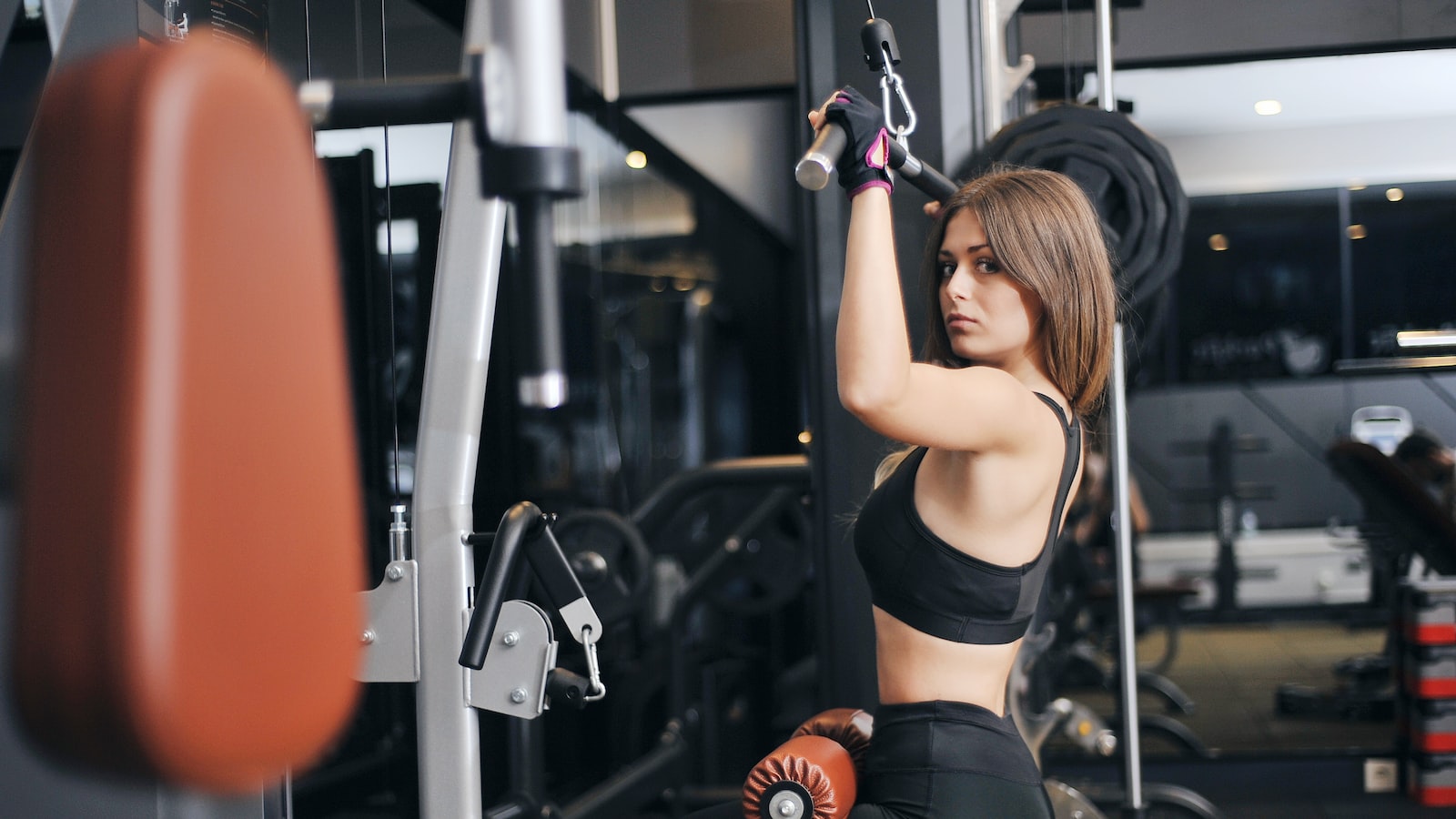Twelve teams of working dogs from across Australia and New Zealand are competing to discover the best working dog in the region.
Key points:
- The Cobber Challenge Relay uses GPS collars to determine a dog’s work rate
- Dogs work in teams and are not allowed to work two days in a row
- Dogs can move up to 5,000 lambs and 600 cattle in a day
The dog teams will use GPS collars for three weeks to track how far, fast and hard they work as part of the 2022 Cobber Challenge Relay.
The teams will be scored on distance, speed and duration of work per day.
Dane Simmonds and his team at Parwan Prime in western Victoria will be putting Ruby and Tully to the test.
“My dogs are pretty competitive amongst themselves — I’ve got a really good team,” Mr Simmonds said.
“Each dog rotates through a day, the dogs aren’t allowed to work two days in a row so Ruby is wearing the collar today.”
He said Ruby, a three-year-old kelpie, loved her job on his 2,020 hectare property in the Parwan Valley.
“She wants to work constantly, it doesn’t matter whether I’m working cattle or sheep, and even around the home she doesn’t wanna switch off,” he said.
He said he had to drag out of bed in the mornings though.
“She does like her sleep, but once she gets to work she’s a top dog,” he said.
“She’s still finding her feet and has a little bit to learn as she gets a bit narrow focused whereas the other dogs are a little bit older and wiser.”
His other working dogs included Maverick, Pip and Nacho.
The Parwan Prime team is currently sitting third on the leaderboard, but Mr Simmonds hopes a busy weekend of work will keep them competitive.
“Today is our busiest day here on the farm, we’ll probably move about 4,000 or 5,000 lambs and 600 cattle,” he said.
The competition ends on September 11.
Data is uploaded every day so fans can follow the progress of their favourite dogs.

